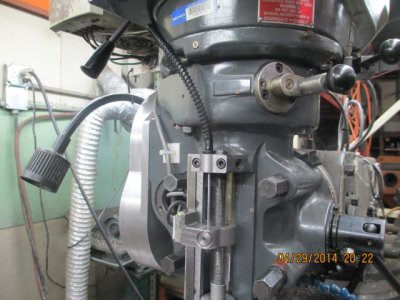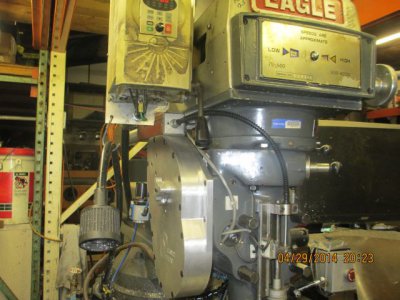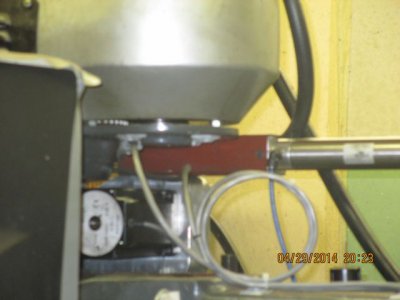- Joined
- Nov 28, 2013
- Messages
- 196
I suppose I'll find out for myself soon enough, but after a serious amount of messing with the Z-Axis backlash on my new sherline 2000, I got it down to .003. I can't get it any farther without incurring binding.
I can see how backlash compensation in the CNC config file should work, but does it? I assume it must assume .003 movement of lead screw before it also assumes saddle has moved.
Am i missing anything?
I can see how backlash compensation in the CNC config file should work, but does it? I assume it must assume .003 movement of lead screw before it also assumes saddle has moved.
Am i missing anything?




